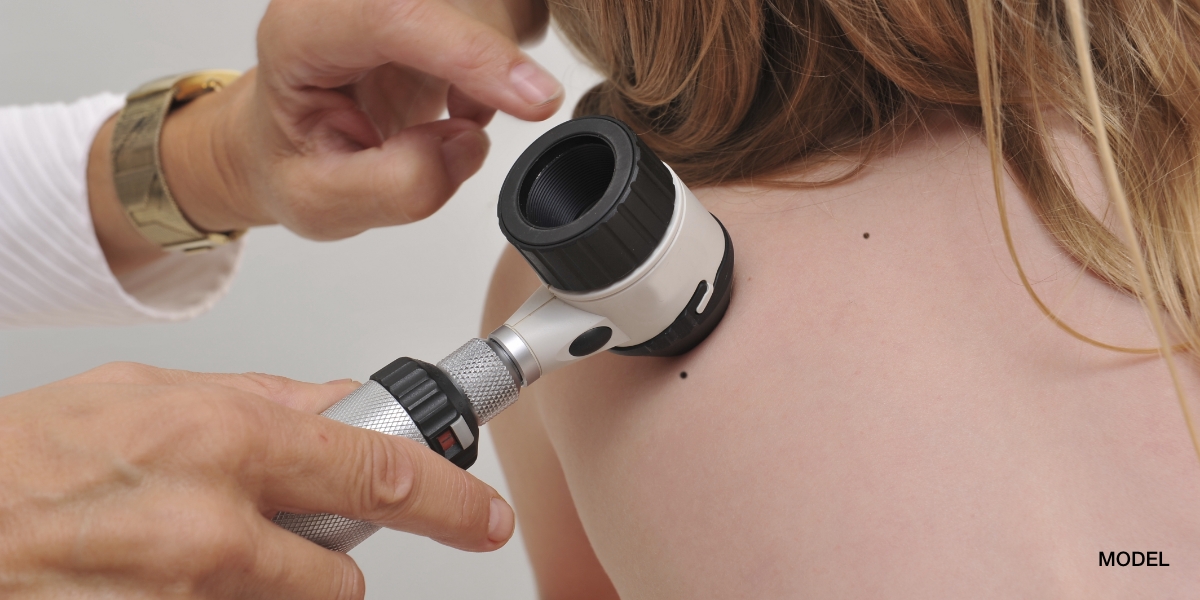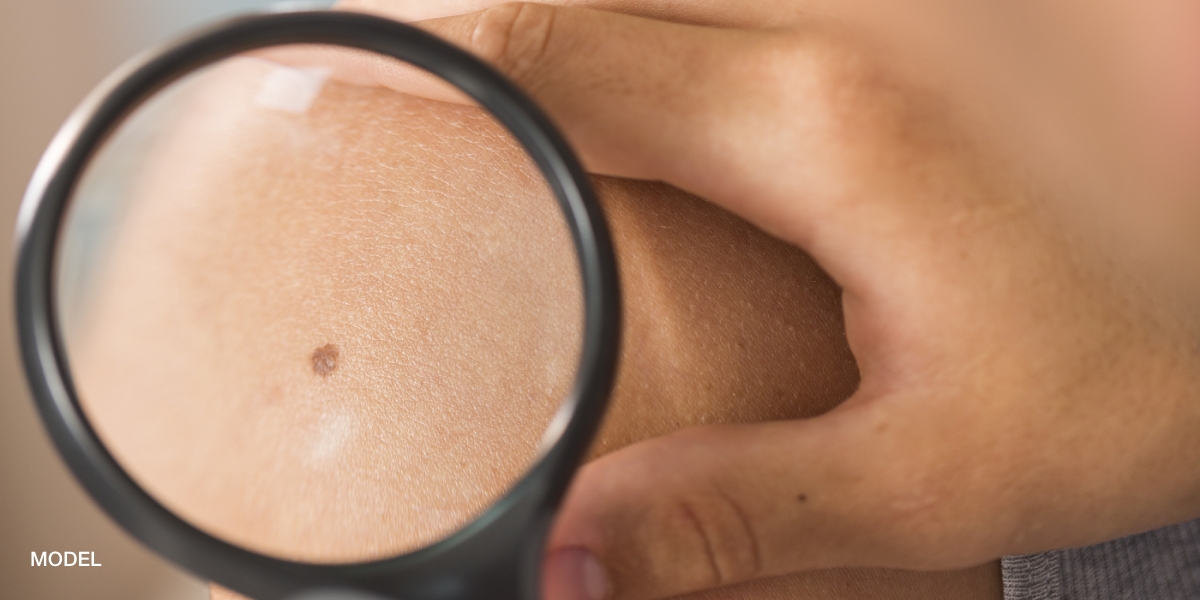Breakouts can cause many issues in your life. Lowered self-esteem, itchy skin, redness, and acne scars are all side effects associated with breakouts that go untreated. Before starting treatment, it is important to know what condition you have so medications and other treatments will be effective. Rosacea is a common skin condition that often gets mistaken for acne, but there are differences between the two.
Rosacea
Rosacea can be confused for acne because it causes acne-like breakouts. This common skin disease causes redness on the face but can extend to the ears and chest. Rosacea can also cause eye problems and skin sensitivity. Bloodshot eyes, swollen eyelids and eye discomfort are all symptoms of this skin condition. Large pores and visible blood vessels can develop over time with rosacea.
Anyone can develop rosacea but it is most common in those between the ages of 30 to 50 years old and fair-skinned, usually of Celtic or Scandinavian ancestry.
There is no test to diagnose rosacea. To determine if it is the cause of your redness and other symptoms, a skin examination and medical tests to rule out other diseases, such as lupus, may be required.
Treatment
There is no cure for rosacea, but through studies doctors and scientists have discovered how to treat the symptoms. Discovering the cause of your flare-ups is the first step to managing this disease.
Sunscreen and using mild, gentle skin care products can also help when it comes to treating rosacea. Lasers and light-based treatments have been successful in reducing or completely clearing redness but it usually takes many sessions. Brimonidine gel and oxymetazoline hydrochloride cream are prescription drugs that are effective at reducing redness for 12 hours but need to be reapplied daily.
There are different types of medications for breakouts associated with rosacea, including azelaic acid, retinoids, metronidazole, and in some cases, an antibiotic like erythromycin or minocycline.
Acne
Acne has a bit of a different appearance than rosacea. Acne breakouts cause blackheads, acne cysts, pimples, and whiteheads, whereas with rosacea there are no blackheads. There may be some redness associated with these breakouts, but the redness will only be around the breakout site, unlike rosacea which can spread without the presence of a breakout. Oily skin and bumpy skin texture from acne scars may also be present.
The most common places to have acne are the face, neck shoulders, and chest, but do not affect the eyes like rosacea. Anyone can develop acne but it’s most common in people in their teenage years. Acne can be caused by hormonal changes, stress, skin and hair products, or genetics.
Treatment
There are many over-the-counter acne products. Look for ingredients like adapalene, azelaic acid, salicylic acid, and benzoyl peroxide. Give an acne product 6-8 weeks. If your skin does not clear up, it may be time to make an appointment.
During the appointment, it will be determined what type of acne you have and the best form of treatment. A retinoid and an antibiotic as well as other medicines can be prescribed. For women, a hormonal birth control pill that has been approved to treat acne may help.
Rosacea and Acne share similar traits and it can be challenging to decipher which issues you and your skin are dealing with. If over-the-counter options have not helped or cleared your skin, it might be time to see a dermatologist. We can diagnose the issue and get to the root of the problem. We can also look at treatment options to help find the best for you.
If you would like to make an appointment, fill out the web form or contact our team today!
Unsure if your insurance will cover your visit? Check out our insurance coverage page for a list of accepted insurance companies so you know beforehand if you’re covered.




